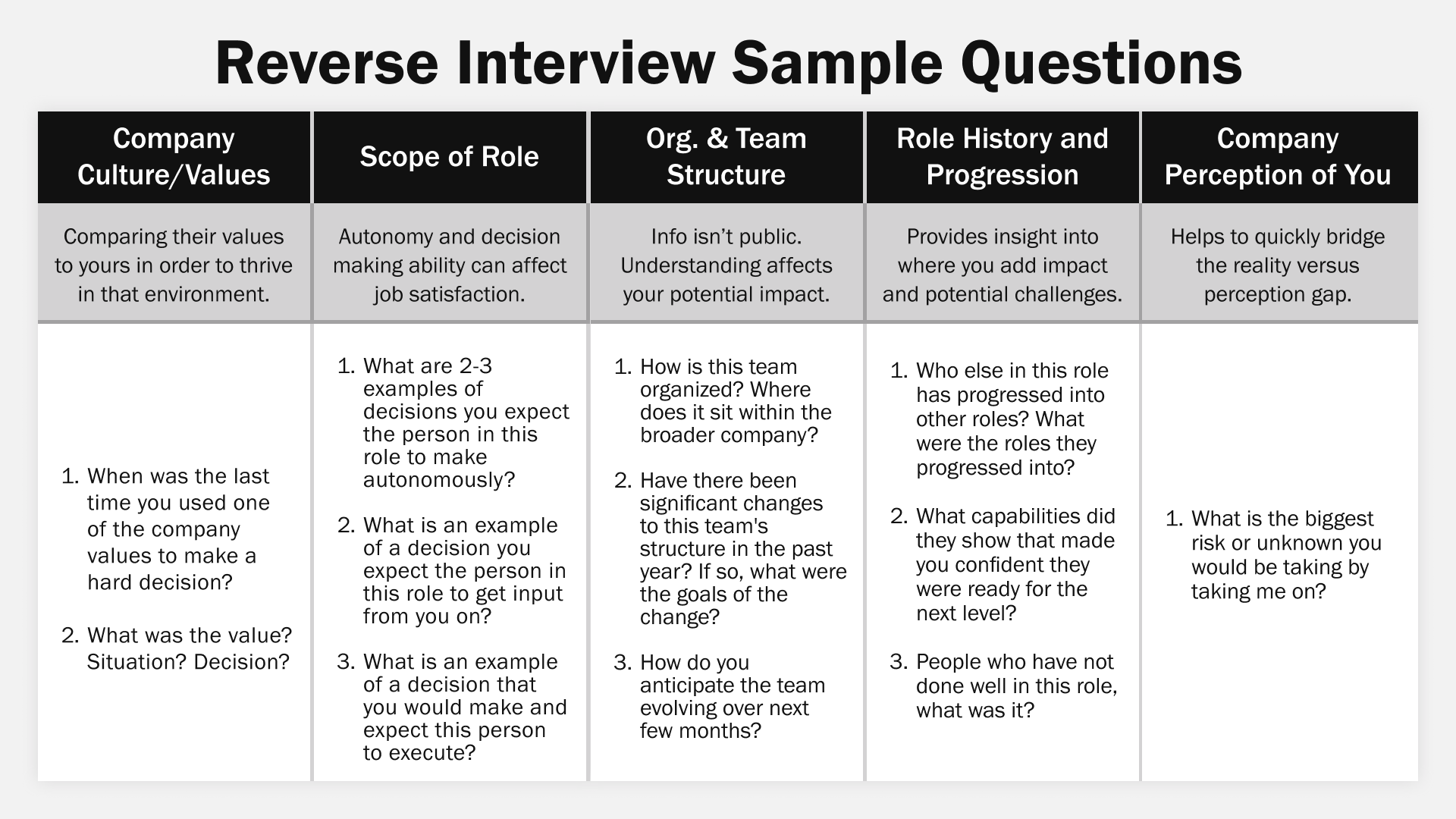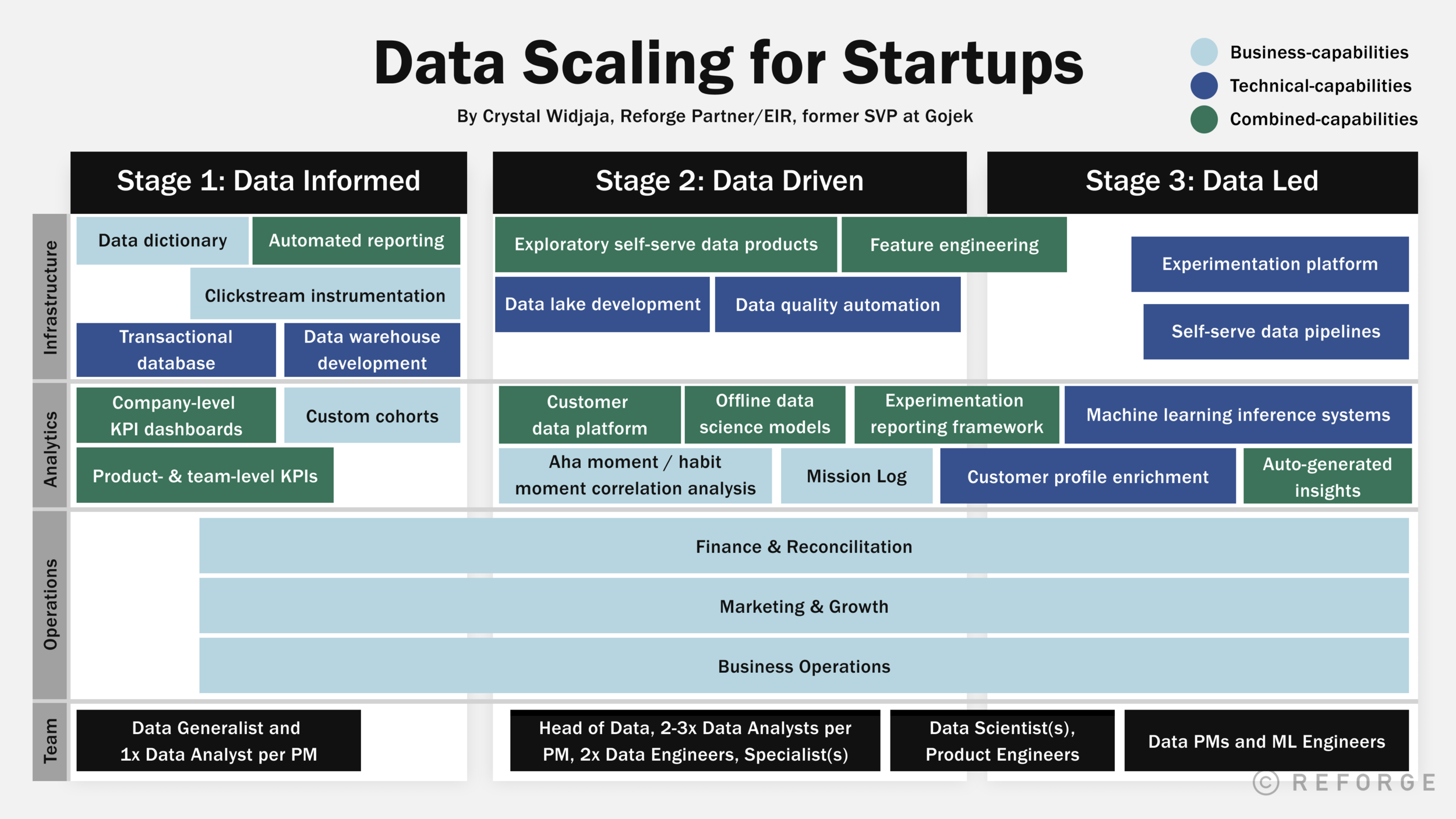One of the most common points of tension between product and engineering is prioritizing technical debt. Why, when, and how to handle tech debt can be particularly challenging questions for an organization and individual teams.
Many of these common questions stem from the belief that tech debt should be as low as possible and close to zero. But, companies and products never win by having as little as possible tech debt. Speed to delivery, being first to market, and constantly adding value to the product are things that lead to winning. And, most tech debt can make sense to accumulate as a tradeoff in order to get more of the things that lead to winning.


















